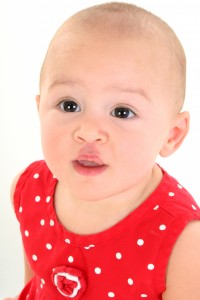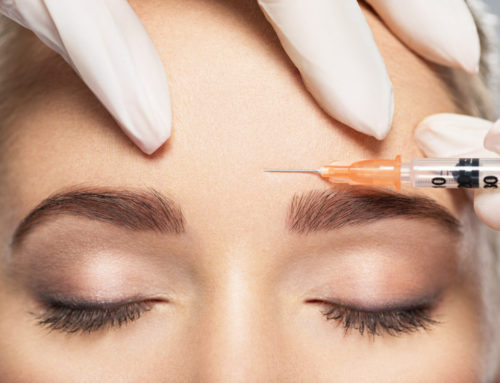 Birth defects are genetic and/or structural abnormalities that a are present in a child at the time of birth. These issues occur in utero, and may or may not be diagnosed prior to the child’s birth. While many facial birth defects cannot be prevented or completely reversed, skilled medical professionals are often able to minimize their effects.
Birth defects are genetic and/or structural abnormalities that a are present in a child at the time of birth. These issues occur in utero, and may or may not be diagnosed prior to the child’s birth. While many facial birth defects cannot be prevented or completely reversed, skilled medical professionals are often able to minimize their effects.
Cleft Lip and Palate
This is the most common facial birth defect. Children may be born with only a cleft lip, a cleft palate, or may have both. In general, the condition refers to a separation of the parts or segments of the lip or roof of the mouth, which are usually joined together during the early weeks of fetal development. Among the factors that are known to increase the risk of a child’s developing CLP are smoking and/or drinking by the mother during pregnancy. Repair of these problems is not only important medically, but also cosmetically and emotionally, since the child’s speech and physical appearance is impaired. Such difficulties can prevent acceptance by peers. Facial plastic surgeons are able to correct these clefts for typical function and improved appearance.
Hemifacial Microsomia
This is the second most common facial birth defect. This condition affects bone, muscle, fat and nerves of the face. The deformities in HFM are on a spectrum from a mild presentation with slight asymmetry to severe absence of facial structures. This condition is progressive and becomes more apparent as the individual matures. The cause is unknown. There is not much that can be done with a young child while they are actively growing, except in extreme cases. In the early teen years, orthodontia can be used, and around the age of 16 corrective surgeries may be needed.
Facial Palsy
A child with facial palsy cannot smile or laugh, or express any facial movement. This condition can be caused in children by the failure of the brainstem nuclei to develop, a trauma to the nucleus of the facial nerve, and tumors or trauma to the facial nerve. A variety of medical techniques, coupled with cosmetically placed incisions, can restore a smile to a child’s face. To achieve facial balance and reanimation, surgeons are employing eyelid weights, local muscle slings, nerve grafts and microvascular muscle transplants.
Ear Defects
Many children are born with protruding or disfigured ears, which may become a source of painful emotional trauma as the child ages. Reconstructive ear surgery can improve the shape, position or proportion of the ear, as well as increase the child’s self-esteem significantly. The surgery can correct a congenital birth defect in the ear structure that becomes more apparent as the child develops, or it can treat misshapen ears caused by injury.
Birthmarks
Birthmarks are discolored areas on the skin that appear at birth or shortly after birth. Most birthmarks are not cause for concern. In most cases doctors don’t know why birthmarks appear, and there is nothing that can be done to prevent them. There are two main types of birthmarks: one type is caused by an overgrowth of blood vessels in the skin and the other type is caused by an overproduction of pigment in the skin. Surgery can significantly reduce the appearance of, and sometimes even eliminate birthmarks.





